There are 2,200 acres of private skiable terrain in Big Sky, Montana; hiking trails and an 18-hole Coore and Crenshaw golf course off Lake Tahoe in Nevada; three types of tennis courts and an exotic bird aviary on an island off Miami’s South Beach; and a 13-acre community farm and orchard for picking fresh papaya and mangoes on Kauai. Add in sports stars, Hollywood icons and tech-rich billionaires to hobnob with, and you’ve got the amenities—and community—that come with purchasing a property in one of the United States’ most exclusive live-in country clubs.
“The clubs of today are completely different from what you’d see in the past,” said Joe Root, the president and CEO of Kohanaiki, a 450-acre, invitation-only, private club on the Kona coast of Hawaii’s Big Island.
While they’re still located in the typical vacation destinations where country clubs have always been popular, and are still exclusive and focused on community, they’ve undergone a huge renaissance in the past decade and are now attracting a younger demographic with their casual vibe and kid-friendly offerings, experts say.
At Kohanaiki, for instance, where Green Bay Packers cornerback Davon House and former tennis star Lindsay Davenport are among the 140 members, there’s a $150,000 one-time fee, $25,000 in annual dues, and custom homes priced between $4 million to $35 million. But there’s also no formal dress code or any off-limits areas for women or children, as you may have seen at country clubs in the past. There is still a huge amenities package that includes use of a community center with a game room and movie theater, as well as an on-site spa, wine room, restaurants and more.
“Every member has done something amazing to be able to afford this lifestyle, so there’s no need to keep up with the Joneses,” said George Punoose, Kohanaiki’s general manager. “Once residents enter our gates they can just relax and be themselves.”
But a place to relax isn’t the only reason that high-net-worth individuals are drawn to live-in private clubs when they’re purchasing a second or third or fourth home. They still resonate, experts say, because of their community, or depending on the place, networking; privacy and security; and quality, or the appeal of the amenities.
When it comes to community, each place has its own vibe, and prospective members have to find one that’s right for them. Like Kohanaiki, which is laid-back and pretension free, the nearly 14,000-acre Yellowstone Club in Montana, where Justin Timberlake is reportedly a member and Tom Brady reportedly unwound (and skied) after the Super Bowl, is another spot that prides itself on being both exclusive and casual.
There’s no need to wear a collared shirt when golfing, and there’s plenty of family-friendly entertainment, like an indoor rock climbing wall, arcade games and an arts and crafts area. “People are always searching for ways to spend more meaningful time with their family,” said Mike Meldman, the CEO of Discovery Land Company, which owns 18 residential resorts. “Membership in our communities give people the opportunity to do that.”
With a $300,000 initial deposit, plus $39,500 in annual dues and a requirement to buy an on-premise property, ranging from $2.5 million home sites to $15 million condominiums to $25 million ranches, that membership doesn’t come cheap.
On the opposite end of the spectrum when it comes to vibe is the 216-acre Fisher Island Club, which is just a seven-minute ferry ride from South Beach in Florida. Home to the aforementioned bird aviary, as well as 18 tennis courts, an observatory, and a day school for toddlers through fifth graders, Fisher Island Club has a “relaxed, conservative atmosphere, if that’s not an oxymoron,” said the club’s CEO, Bernard Lackner.
Like the other clubs, there’s a hefty entry fee of $250,000, plus the option to buy a property that can cost up to $30 million. The 650 members are in part drawn to the tradition, as a place that was once owned by the Vanderbilt family, but also the tight-knit community, as well as the security of being in a place that is only accessible by yacht or ferry, Mr. Lackner said.
Privacy and security are, of course, factors that draw people to these other locations, too. If not a private island locale, many of these live-in clubs are gated, or offer invite-only memberships to friends or family of current resident members.
At Kukui’ula, a private live-in club in Kauai, where there’s the community farm as well as guided surfing and fishing trips, there’s a more open feel, with the absence of an entrance gate, said Veronica Lovesy, a senior marketing manager at the Kukui’ula Development Co. But because the island is safe and has a small population, kids can feel free to grab a bike and explore the property. “It’s a safe and nurturing place that allows children to grow in a different way than what they experience on the mainland,” she said.
When it comes to amenities, almost every private club caters their offerings toward members who want that all-in-one experience. That means extensive health and wellness programming; plenty of dining options; any outdoor activity you can imagine; and of course, golf. And not the golf of years’ past, when “a land developer just sort of slammed in the golf course and assumed that people would buy the real estate,” said Dave Hutchinson, the president of Sun Valley, Idaho-based VP Companies and managing director of the under-development, invitation-only private club, Clear Creek Tahoe. “Today, the golf course can’t feel like a prisoner of the property. It has to stand on its own, and be great.”
At Clear Creek Tahoe, a 1,500-plus acre property, where there are currently 80 members building custom homes that will be ready starting in 2018, the golf course weaves through the area’s natural terrain, Mr. Hutchinson said, adding that the breathtaking Coore and Crenshaw course, “feels like it’s been there for 100 years.”
And while live-in country club buyers like the certainty of knowing what to expect each time they arrive, for some people, that can be a burden. Which is where alternatives to the standard live-in club model, like Denver-based Exclusive Resorts, come in.
Exclusive Resorts is a private membership club that attracts a similar demographic to live-in country clubs. Members already own a multi-million-dollar home, and are looking for a second or third property to relax and unwind. But instead of committing to one location, as a live-in country club member would do, Exclusive Resorts members have access to a portfolio of 400 vacation homes in places like Costa Rica and Cabo, and curated international experiences, like a Danube River cruise, which they can use for as many or as few days as they prefer. “This gives people the flexibility to travel when they want, where they want, and eliminates any of the hassles of ownership,” said the company’s CEO, Cathy Ross.
Launched in 2002, today the club has 4,200 members, who pay $1,275 per day for trips (with a 15-day, $18,750 per year minimum), plus an $85,000 to $250,000 initiation fee, depending on the option. Recent interest from younger prospective members led to the beefed-up roster of experiences to add to the portfolio of homes. For members who want the community that a live-in club offers, Experience Resorts has that, too, through a membership director, group excursions and an online community site, where members can coordinate vacation experiences with each other. “People love that trust factor,” Ms. Ross said. “That’s why people join a club, whether it’s Exclusive Resorts or somewhere else.”
Another outlier to the live-in country club model that offers many of the same features is a new Turnberry Associates offering in Sunny Isles Beach near Miami. Less than a mile from a Turnberry resort and golf club is the under development Turnberry Ocean Club Residences, a 40% sold, 54-story condo building, which at completion, will have 154 three- to six-bedroom residences, priced at the high $3 millions up to $35 million. In addition to the in-building amenities, like multiple swimming pools and an outdoor, ocean-facing gym, condo purchasers will have their country club initiation fee comped and receive one year of free dues, starting at the time of move-in in 2019.
“Typically, when you have a property that’s part of a country club, you have to have a house. And most of our clients already own at least one home,” said president of residential development at Turnberry Associates, Dan Riordan. But here, you get all the turn-key qualities of condominium living, plus beautiful views of the ocean and the country club community and golf nearby.
“This is a hybrid that you don’t typically find,” he said.
Original Post: https://www.mansionglobal.com/articles/live-in-country-clubs-today-are-more-casual-but-still-offer-the-complete-package-57105

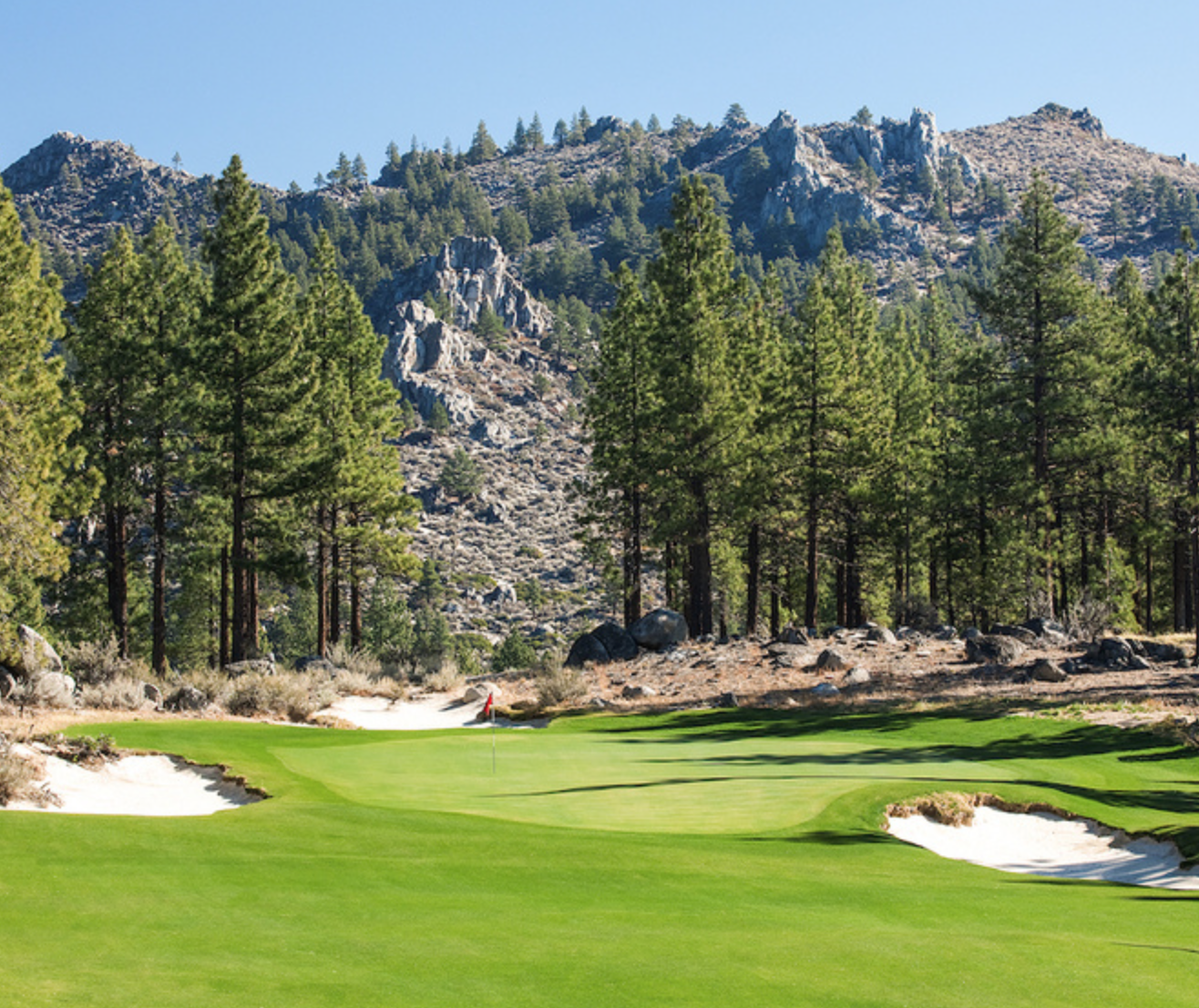
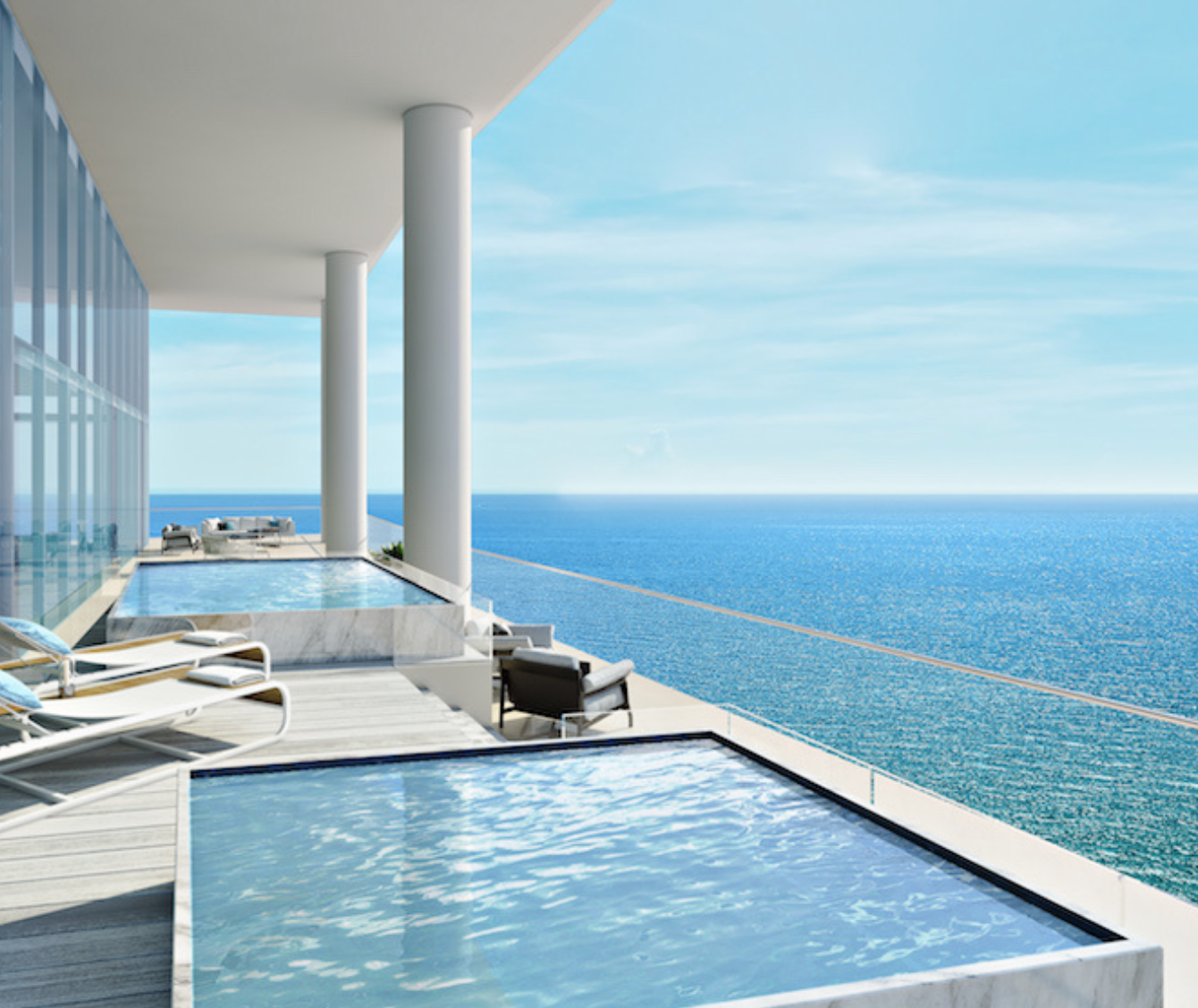
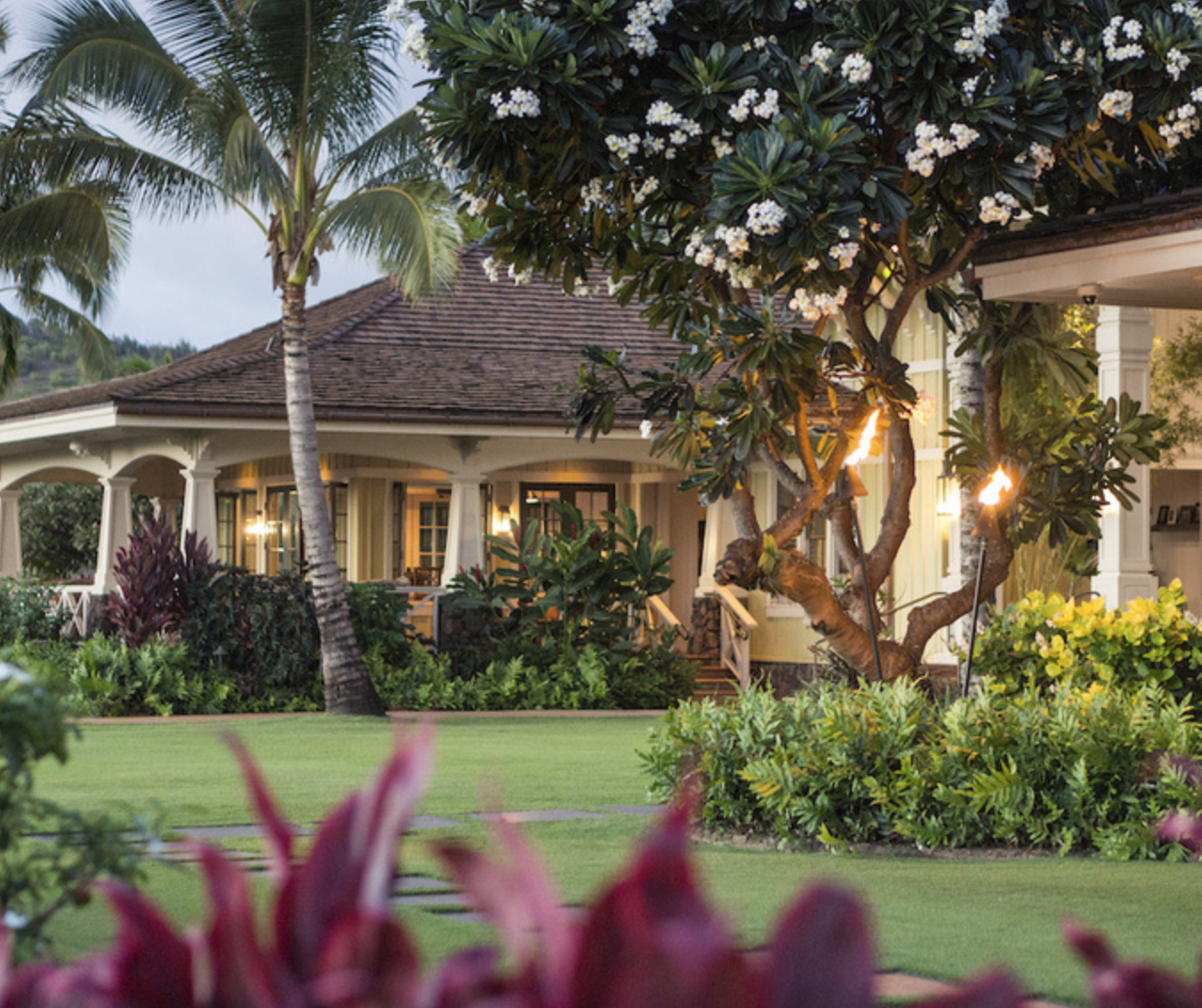
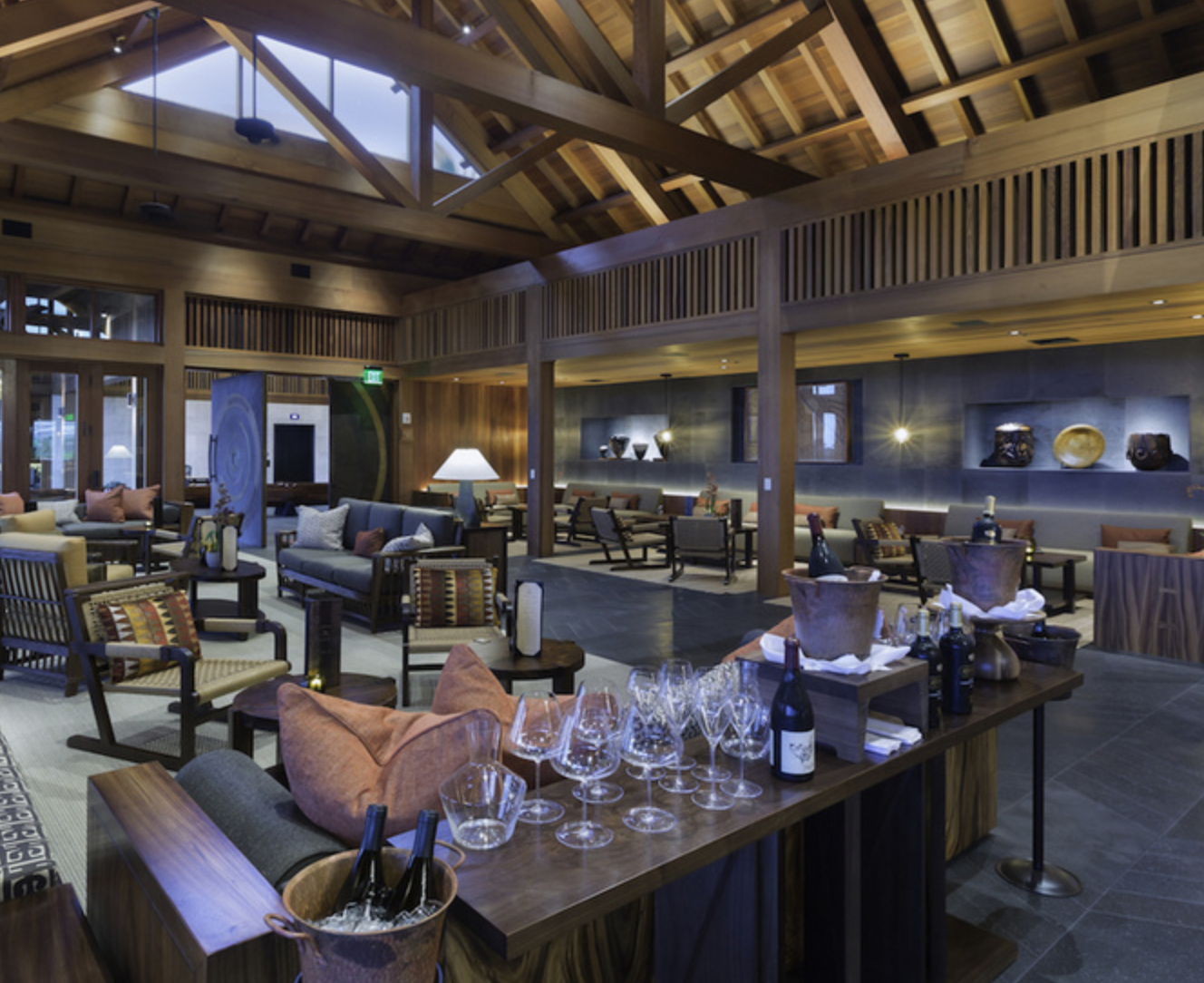
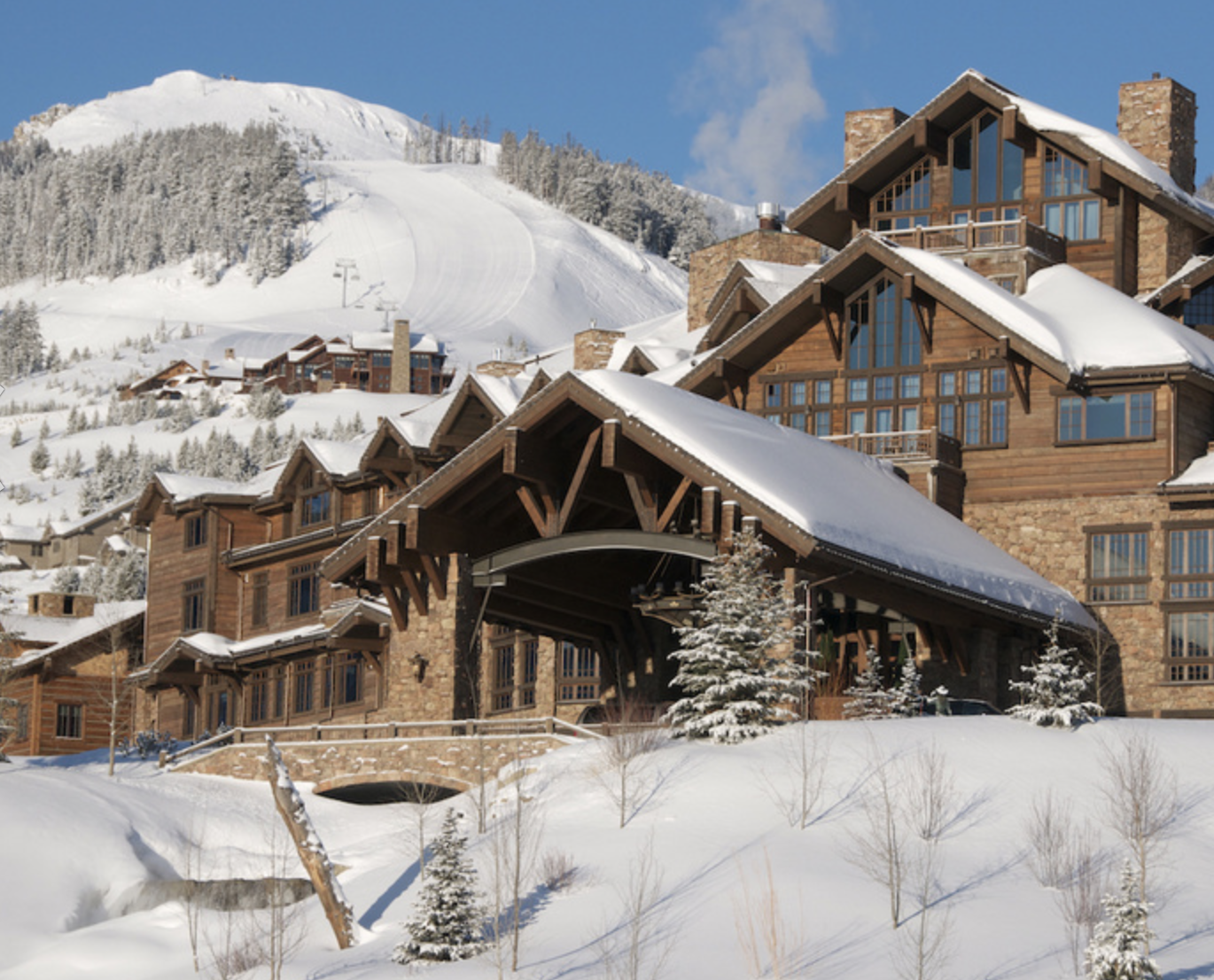
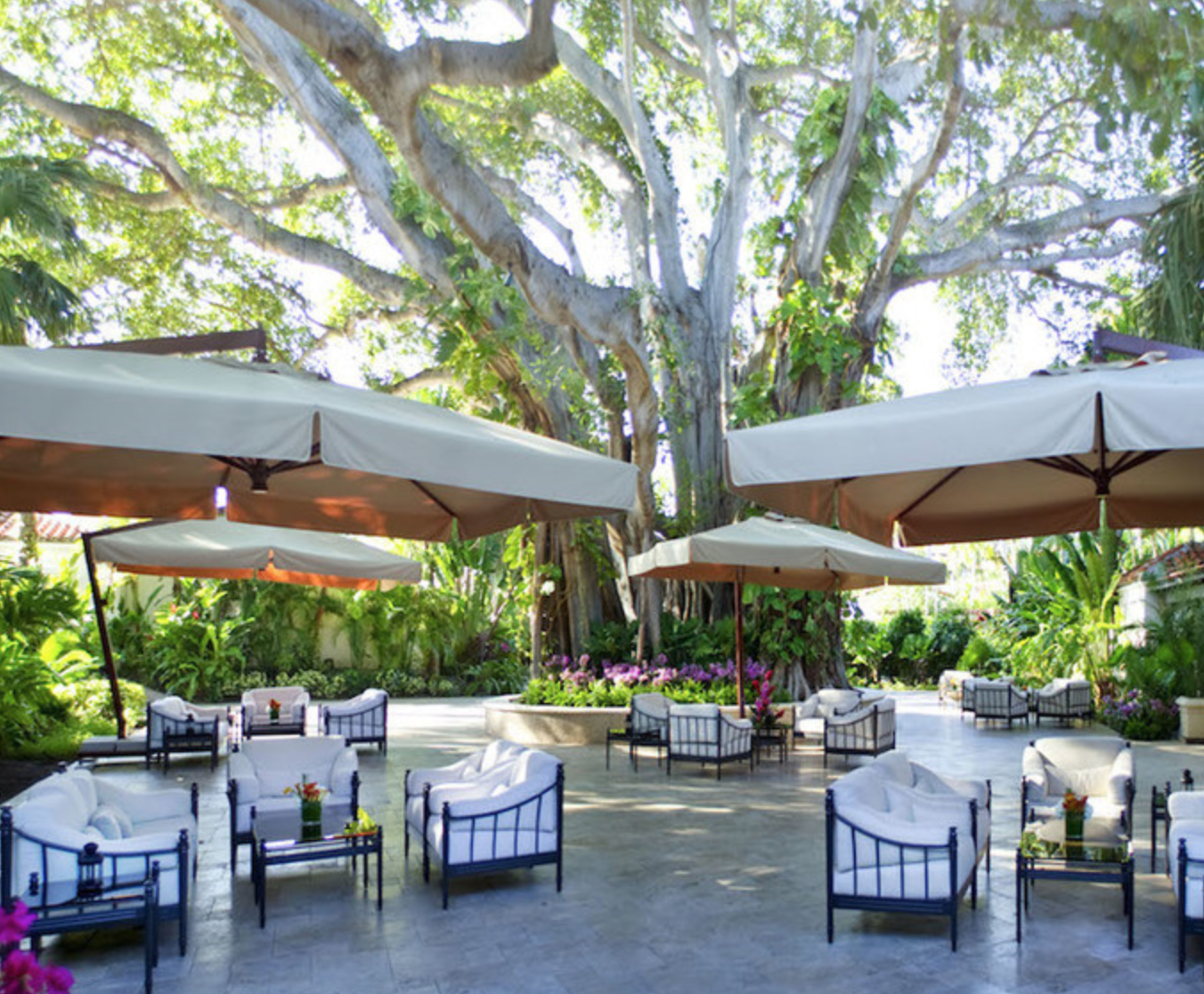
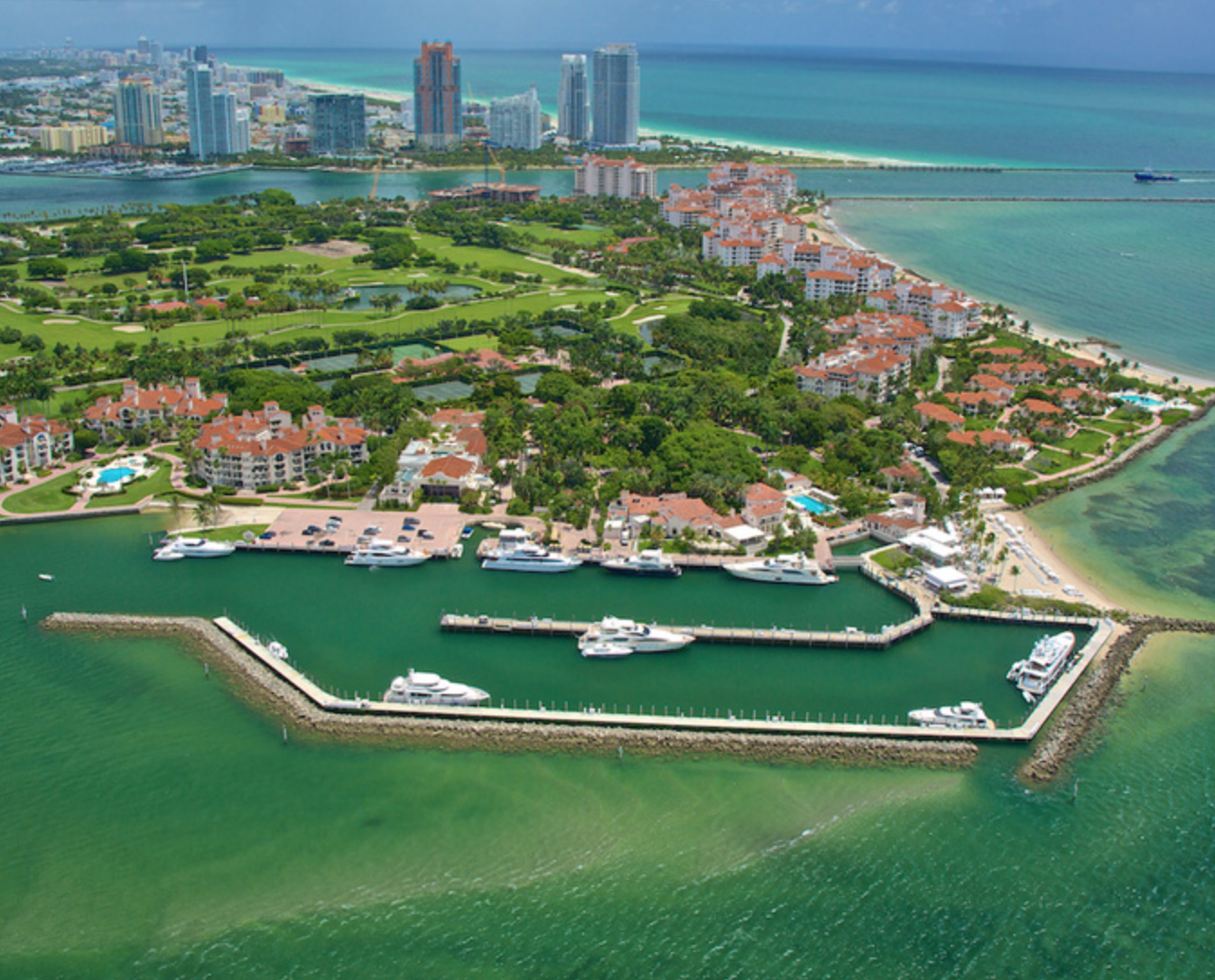
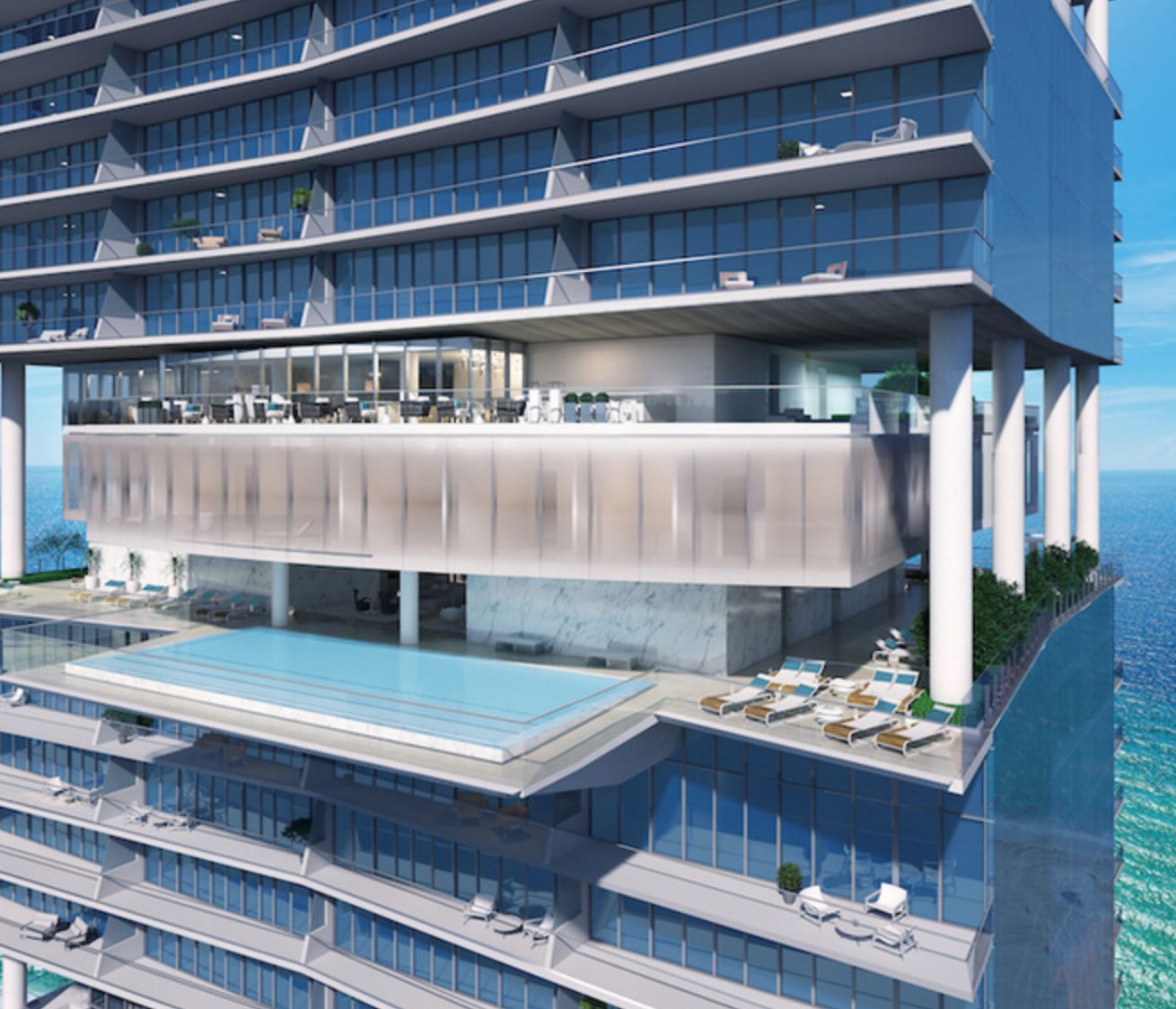
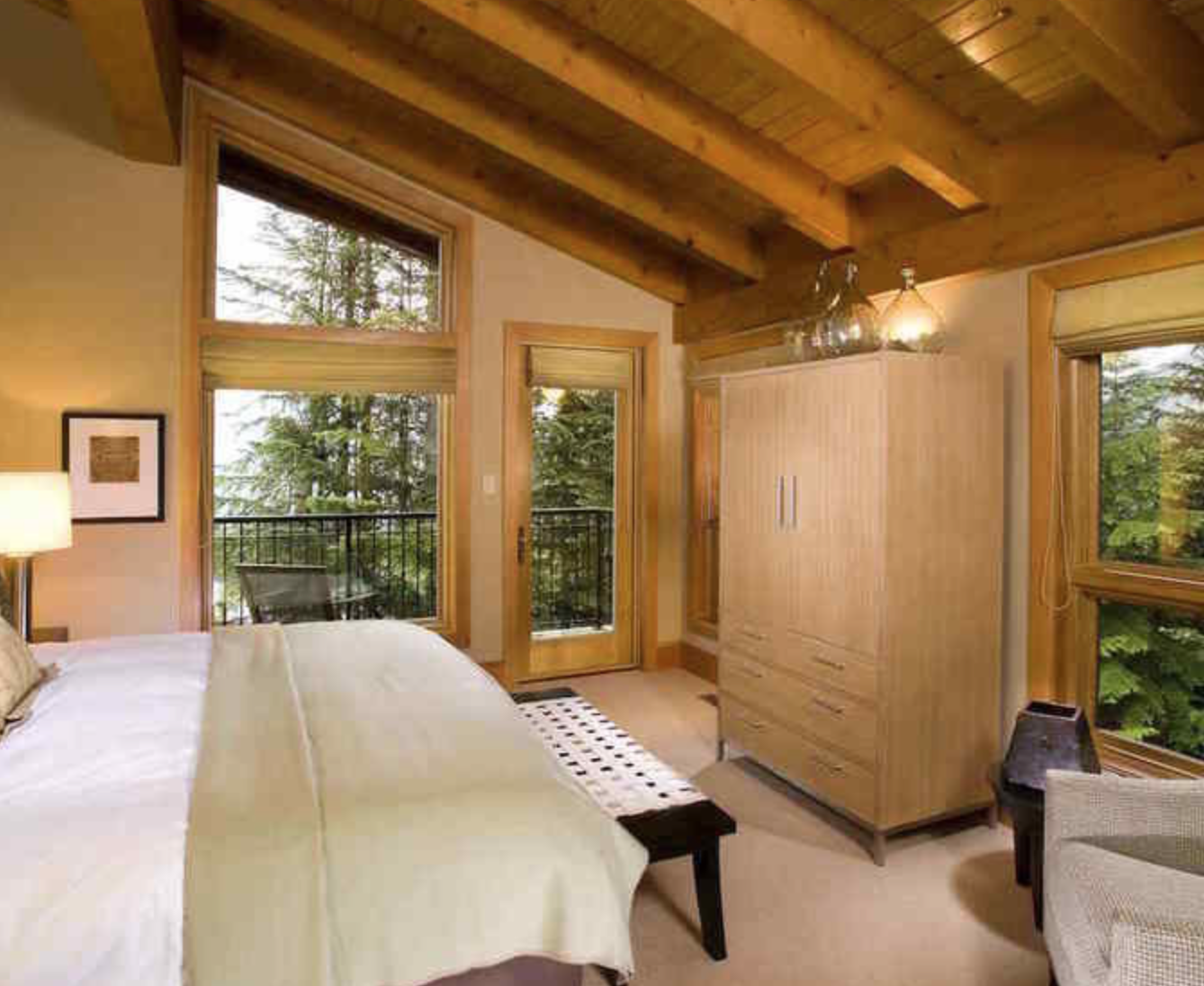


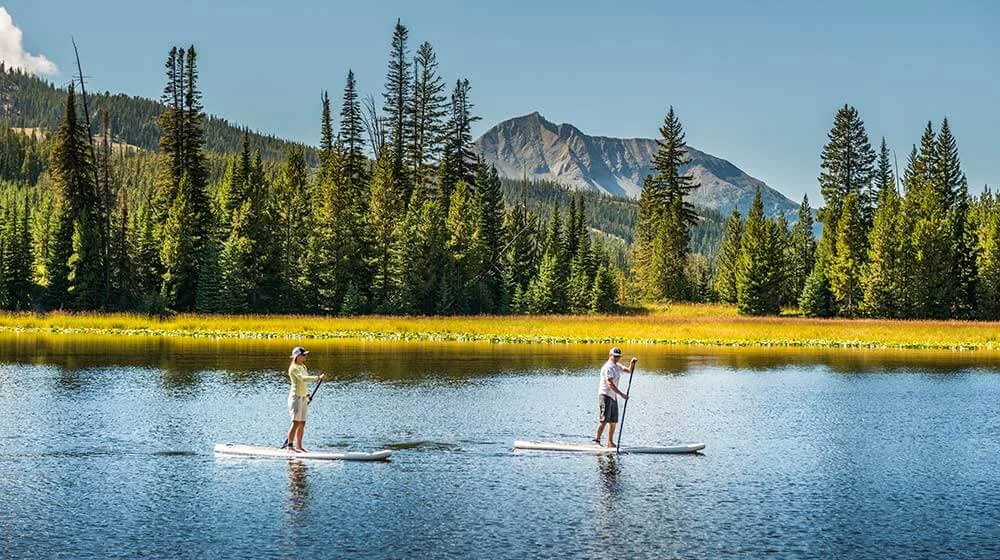

![WELCOME TO THE [MEMBERSHIP] EXPERIENCE ECONOMY](https://images.squarespace-cdn.com/content/v1/5a1dc67cace86416b088f0e4/1529340250992-3JPXZ4KRFVVBVX1MDX9W/Grandfather__BG_1568_Final.jpg)




















